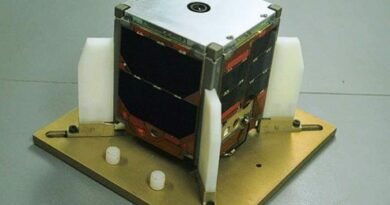IBM Unveils Quantum Breakthrough: Introducing the Powerful 1,121-Qubit Condor Chip and Quantum Heron Processors

IBM recently unveiled its cutting-edge quantum computing processor, the IBM Quantum Condor chip, boasting an impressive 1,121 qubits. Despite securing the second-largest position in chip history, researchers are particularly intrigued by the IBM Quantum Heron processors, each equipped with 133 qubits and a significantly lower error rate.
While the Quantum Condor chip is a remarkable evolution of IBM’s prior flagship, the 127-qubit Eagle chip, it won’t find a place in the upcoming “next-generation” System Two quantum computer. IBM has opted for the IBM Quantum Heron processors due to their lower error rate and enhanced efficiency.
Classical computers rely on bits that represent either 0 or 1, but quantum computing leverages qubits, which, thanks to quantum mechanics, can exist in multiple states simultaneously. This unique feature leads to a substantial reduction in calculation time as the qubit count increases. However, the challenge lies in managing the error-prone nature of qubits, necessitating extremely low temperatures.
The spotlight is on the Heron chip, which boasts a five times lower error rate compared to the Condor, marking a significant advancement. Despite this, IBM acknowledges the achievements of the Condor, emphasizing the innovation required to ensure optimal functionality of all qubits on such a large chip.
Practical implications extend to the operational System Two in New York, featuring three Heron processors and standing as the first modular quantum computer. This modular architecture allows for the addition of qubits over time, similar to snapping in extra Lego blocks. Achieving quantum supremacy requires ongoing hardware improvements, incorporating new error-correcting codes to scale the qubit count without compromising efficiency. IBM remains at the forefront of quantum computing innovation, overcoming challenges and paving the way for a future dominated by quantum supremacy.








